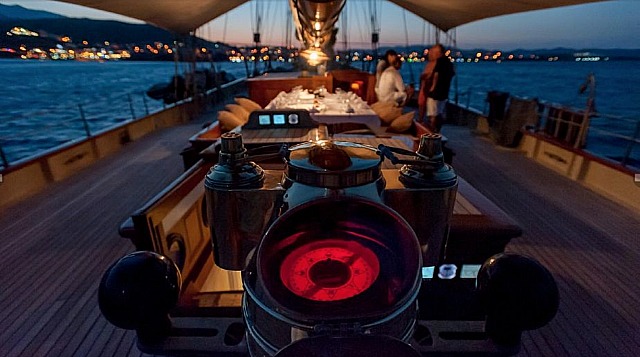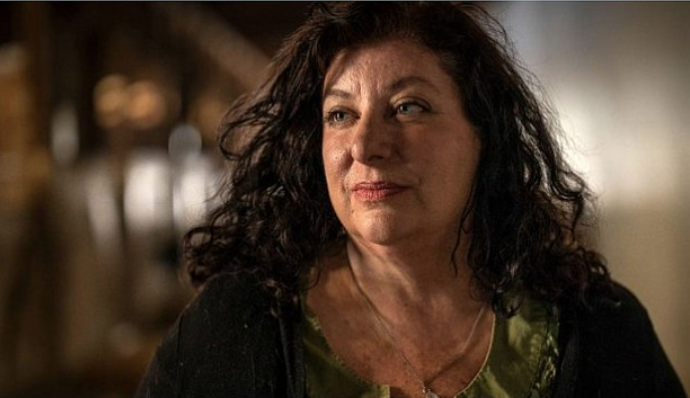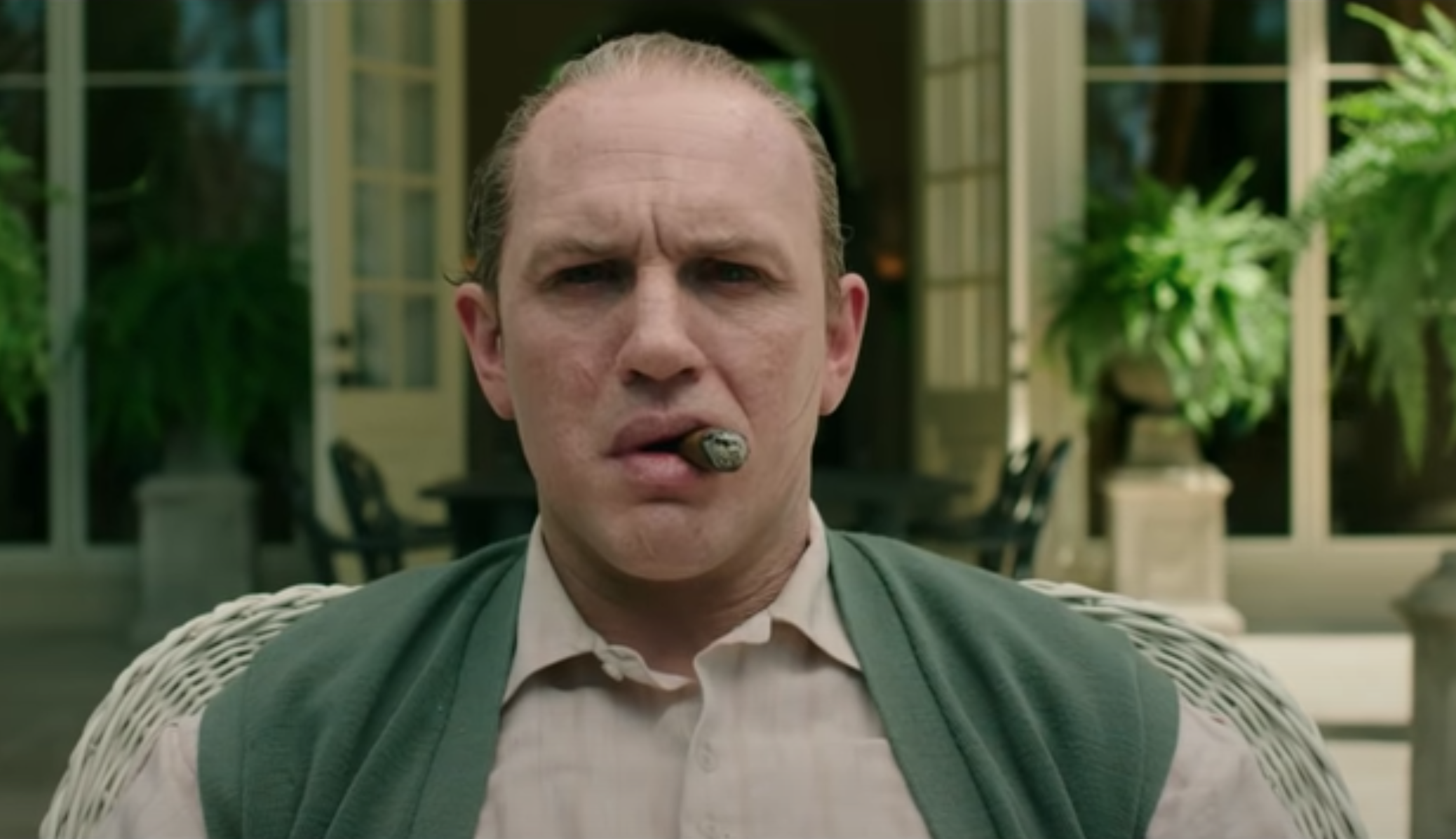In Politics, Purity Is A Leg Iron
As I understand the situation, the #DropOutBiden community wants Democratic presidential front-runner Joe Biden to suspend his candidacy so the Tara Reade thing — a single alleged incident of sexual assault that may have happened 27 years ago — can be fully investigated.
I’m not saying the accusation isn’t credible, but is it really worth putting the 2020 election, which Biden appears likely to win, in jeopardy? Is it really worth that much?
It would be one thing if there was reason to believe that Biden was a serial assaulter, but the Reade thing appears to be a one-off. Do Biden’s accusers really want to give Donald Trump a club to come after Biden with, absurd as that may sound given Trump’s own history, because Biden may have once acted like an insensitive brute in 1993?
If the allegation is true, it’s highly regrettable and nothing to brush under the carpet. But at the cost of wounding Biden’s decent-guy persona and possibly losing the election…seriously? #IBelieveTaraReade is really that important? The Trump criminality and derangement syndrome isn’t a thousand times more important?
Left Twitter purists, a portion of whom are probably part of #DropOutBiden, did everything they could to destroy the candidacy of Pete Buttigieg, and between their rantings and general hostility from voters of color (including the older homophobes) they gradually took him down. But you know what? If Pete was the presumed Democratic candidate right now, I doubt there’d be any sexual allegations of any kind.
If the Biden-Reade thing goes badly (and let’s hope it doesn’t become a tumor), all I have to say to the anti-Buttigieg contingent is “thanks, assholes!”

Heaving Seas
All my life I’ve dreamt of sailing a long distance on a sizable schooner. Five or six months, maybe longer. Not as an owner, God forbid, but as a traveller somehow paying my way. Or as a guest or crew member or whatever.
Down the Pacific coast to Mexico and Central America, through the Panama Canal and around the Caribbean, stopping in Belize, Cuba, Turks and Caicos and wherever the spirit points. And then across the Atlantic to the Canaries and then through the Strait of Gibraltar and then all around the Mediterranean — Spain’s Costa del Sol, southern France, Italy, Sicily, Greece, Turkey, Jordan, Israel, Egypt. Maybe even push on across the Indian Ocean to Southeast Asia.
This 37 year-old Rod Stewart music video got me going. The schooner it was filmed on, I mean. I went looking for a facsimile and quickly found one — the Atlantic, a ten-year-old, three-masted schooner, 212 feet long, steel hull, currently moored off the coast of Italy. God knows what a craft this size would cost, but if you’re loaded…
Excitement, adventure, exotic climes, unfamiliar sights and sounds, all of it nourishing. But never, ever on a grotesquely over-sized cruise ship.

Moment of Truth
At the 1:50 mark, the late Brian Dennehy tells a story about how a certain “uh-oh” look from his 8-year-old son led to a firm decision to curtail his drinking.
Almost the same thing happened to me, and the instigator was my seven year-old Dylan. It was ’96, and we were making scrambled eggs together and Dylan mishandled the frying pan and it toppled over and onto the floor, eggs and all. And I lost it.
And about 30 or 40 seconds later I said to myself, “You’re not angry over the scrambled eggs on the floor — you’re angry because you’ve had two vodka-and-lemonades and your emotions are unruly.”
That was it — the end of all hard stuff in my system. 24 years ago. But after a couple of years wine crept back into the routine. I wouldn’t embrace sobriety for another 16 years — until 3.20.12.
Slowly Germinating Mob Rebellion
Some sort of Mad Max situation in DC pic.twitter.com/3sTUg6PHNJ
— Judd Legum (@JuddLegum) April 25, 2020
Don’t Forget Almodovar’s Version
I don’t know why I forgot to watch Bad Education on the HBO screener site, but it may have been a combination of exhaustion due to wall painting, general pandemic depression and day dreaming about sailing the South Seas. Then again it premieres two hours hence (8 pm Eastern) so I’ll catch it then.
Great reviews (RT 92%) during last September’s Toronto Film Festival, and yet — this is a minor point — of all the reviews I’ve read not one has mentioned that the aspect ratio of Bad Education is 2.39:1. Not one.
“Based on a real-life scandal, Bad Education is a small and economical movie, but not slight, as it gives us a good taste of the banality of greed and entitlement, never turning its compromised characters into easily dismissed comic monsters.
“Written by Mike Makowsky and directed by Cory Finley, it shows us just how good Frank is at his job and just how much he cares about his young charges, before it lets us discover the extent of his vanity and self-serving needs. Finley and Makowsky achieve a tone that swings expertly between pathos and dark humor.” — from Matthew Gilbert’s Boston Globe review, posted on 4.23.
And it’s not a six-parter! It actually does the job in less than two hours.
Between Two Extremes
From “Is Our Fight Against Coronavirus Worse Than the Disease?,” a 3.20 N.Y. Times op-ed piece by Dr. David Katz.
“I am deeply concerned that the social, economic and public health consequences of this near total meltdown of normal life — schools and businesses closed, gatherings banned — will be long lasting and calamitous, possibly graver than the direct toll of the virus itself. The stock market will bounce back in time, but many businesses never will. The unemployment, impoverishment and despair likely to result will be public health scourges of the first order.
“Worse, I fear our efforts will do little to contain the virus, because we have a resource-constrained, fragmented, perennially underfunded public health system. Distributing such limited resources so widely, so shallowly and so haphazardly is a formula for failure. How certain are you of the best ways to protect your most vulnerable loved ones? How readily can you get tested?”
Katz, a sane-sounding guy, expanded last night with Bill Maher. It boils down to “people are spiritually dying from inactivity and poverty and with a Second Great Depression looming…maybe there’s a sensible middle ground…if we don’t develop antibodies through exposure we’ll be stuck in this situation for another 18 months or longer, which is when a vaccine might be available. Maybe.”
Russian Anguish
Herewith is a Russian Bugs Bunny coronavirus anxiety video. TikTok, totally unlicensed, etc, It’s struck a chord with Tatiana. The lyrics are as follows: “How should I live my life? How should go through my life? Stress. Problems. Pain. Panic. Loans. Hurt”
Untitled from Hollywood Elsewhere on Vimeo.
“Six Degrees of Tainted Bacon”
For what it’s worth I don’t eat bacon, steak, sausage or chicken as a rule, although I’ll dabble from time to time. (The worst I could be accused of is chicken salad.) Every word that Maher says in this bit is true.
Getting It Right Is Hard
I didn’t post anything today (Friday, 4.24) because finishing the painting of the kitchen took several more hours. I awoke late and futzed around, and finally began around 1 pm. It was mute nostril agony on Devil’s Island. The concentration you have to invest to make sure the painting looks just right is profoundly exhausting, and there are always mistakes and touch-ups and spilled droplets on the floor. (The paint is water soluble.) But now the kitchen is a yellow-white dream. It was all finally done around 7 pm. Now the entire place has been repainted. If it hadn’t been for COVID-19, we might not have made the effort.

Fonzo in the Bonzo
I’ve been asked to remove yesterday’s riff about Capone (Vertical, 5.12), which I saw the night before last. It wasn’t a “review” but I called it “a trip…plotless but flavorful and quirky as fuck thanks to Tom Hardy, and with one terrific, stand-up-and-cheer scene.” I was referring to the “If I Was King Of The Forest” sing-along. Nonetheless a Vertical rep asked me not to “react” to Capone until Monday, 5.11 at 9 am Pacific. The film opens (i.e., begins streaming) on Tuesday, 5.12.
So I’ve substituted the post for a comment-thread riff about why the producers dumped the original title, Fonzo. Which, trust me, is what the film should be called. Capone is nothing — a generic chickenshit title.
No doubt a certain percentage of the potential viewing public might have presumed that this now-discarded title had something to do with Henry Winkler’s Happy Days character, Fonzie. (Who was famously referred to, don’t forget, by Samuel L. Jackson’s hitman character in 1994’s Pulp Fiction).
Perhaps another group might have wondered if Fonzo might be somehow related to Ronald Reagan‘s Bedtime for Bonzo chimpanzee, perhaps a great-great-great grandson with a life and an identity all his own.
Still another demographic might have speculated that “fonzo” is a 21st Century manifestation of gonzo journalism a la Hunter S. Thompson.
Or perhaps a new kind of pasta (i.e., “fonzoni”) created by the people behind Rice-a-Roni, “the San Francisco treat,”
We can play these stupid word association games all day long. The American viewing public is brilliant at this.
Then again there’s always the remote possibility that prospective viewers might regard or respect “Fonzo” as a new permutation of the Al Capone legend — simply an Italian-American nickname used by friends of the famous Chicago gangster in the same way that “Fonzie” was a nickname for Arthur Herbert Fonzarelli.
Naahh, scratch that — too challenging.




